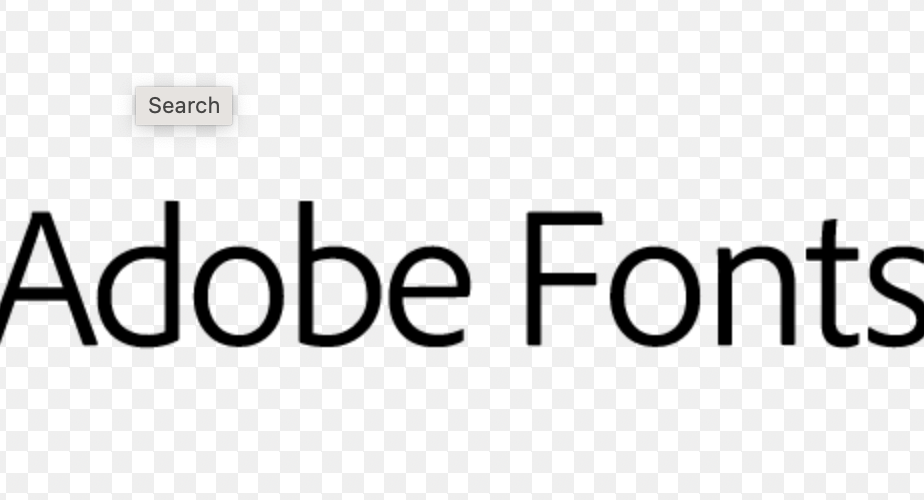Typography is a cornerstone of design, shaping how we communicate through visuals in print, web design, and branding. In today’s digital world, having access to a diverse and versatile font library is crucial for designers and creatives. Adobe Fonts, formerly known as Typekit, has become a game-changer in the typography space, offering an extensive collection of fonts that empower designers to create stunning visuals. In this article, we’ll dive into Adobe Fonts, its evolution, key features, and how it’s reshaping the world of digital typography.
Contents
The Evolution of Adobe Fonts
Adobe Fonts started its journey as Typekit in 2009, a platform designed to provide high-quality fonts for digital use. In 2011, Adobe acquired Typekit, integrating it into its Creative Cloud suite. Since then, Adobe has grown into a leading font subscription service, offering thousands of fonts from top type foundries. Today, it’s a go-to resource for designers worldwide, making typography more accessible and versatile than ever.
Key Features of Adobe Fonts
Adobe Fonts stands out for its user-friendly features and extensive library. Here’s what makes it a must-have tool for designers:
- Massive Font Library
With over 18,000 fonts, Adobe offers something for every project. From timeless classics to modern, exclusive typefaces, designers can find the perfect font to match their vision. - Seamless Integration with Adobe Creative Cloud
Adobe integrates effortlessly with popular Creative Cloud apps like Photoshop, Illustrator, InDesign, and XD. This means designers can browse, select, and apply fonts without leaving their workflow. - Web Fonts for Consistent Branding
Adobe Fonts provides web fonts, ensuring that your typography looks consistent across websites and digital platforms. This feature is a game-changer for maintaining brand identity online. - Simplified Licensing
Font licensing can be a headache, but Adobe takes care of it for you. When you activate a font, Adobe handles the licensing, so you can focus on designing without worrying about legal complexities. - Offline Access with Desktop Syncing
Need to work offline? No problem. Adobe allows you to sync fonts to your desktop, ensuring you can continue your projects even without an internet connection. - Customizable Fonts
Adobe Fonts gives designers the flexibility to tweak fonts to fit their needs. Adjust weights, styles, and widths to create the perfect look for your project. - Support for Variable Fonts
Variable fonts are the future of typography, and Adobe is ahead of the curve. This innovative feature lets designers fine-tune aspects like weight and width, opening up endless creative possibilities.
How Adobe Fonts Empowers Designers
Adobe Fonts has transformed the way designers work, offering tools that enhance creativity and efficiency. Here’s how it’s making an impact:
- Streamlined Workflow
By integrating directly into Creative Cloud apps, Adobe Fonts saves time and simplifies the design process. Designers can focus on creating rather than switching between tools. - Unleashing Creativity
With thousands of fonts at their fingertips, designers can experiment and push creative boundaries. The result? More unique and visually compelling designs. - Ensuring Brand Consistency
Adobe Fonts makes it easy to maintain consistent typography across print, web, and mobile platforms. This consistency is key to building a strong, recognizable brand. - Improving Accessibility
Web fonts from Adobe help designers create accessible websites with consistent typography, enhancing the user experience for everyone. - Simplifying Licensing
By handling font licensing, Adobe Fonts removes a major pain point for designers, allowing them to focus on what they do best: creating.
Adobe has redefined typography in the digital age, offering designers an unparalleled font library and seamless integration with Creative Cloud. Its user-friendly features, like web fonts, variable fonts, and simplified licensing, make it an essential tool for creatives worldwide. Whether you’re designing for print, web, or branding, Adobe Fonts provides the resources you need to bring your ideas to life. As typography continues to shape the future of design, Adobe Fonts ensures that designers are always one step ahead.
